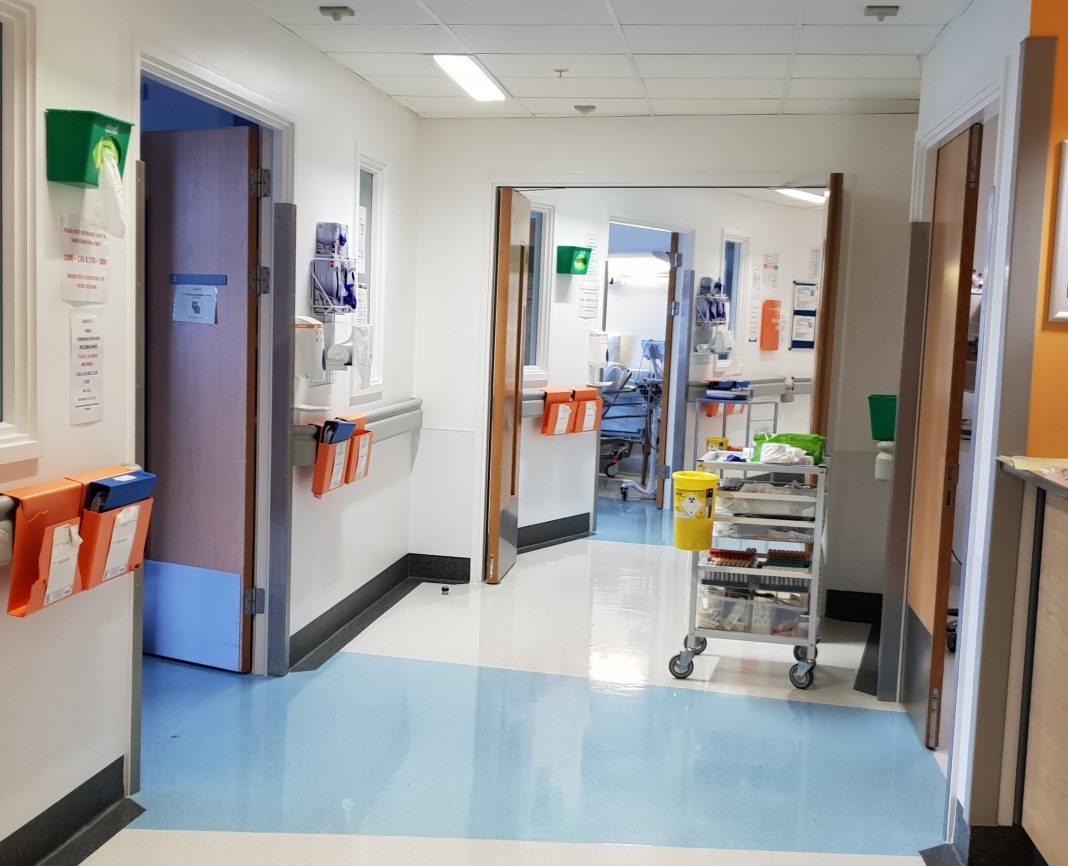In 2002, the number of patients on the surgical waiting list stood at 9.8 per thousand inhabitants, a rate that has risen to 12.7 per thousand inhabitants in 2017, according to the study by the Economic Crisis and Health in Spain of the Ministry of Health.
There are currently 584,018 people awaiting surgery in the Spanish public health system, an average of 93 days, but a period that increases in some specialities including neurosurgery (145 days), plastic surgery (138), traumatology (111), paediatrics and angiology- vascular surgery (both with 103 days). Priorities are also established within each specialty. For an arthroscopy, for example, the waiting period is 102 days; for varicose veins, 90 days, and for a cataract, an average of 62 days.
The communities with the longest wait are Canarias (147 days), Castilla-La Mancha (137 days) and Cataluña (132 days) whereas the shortest wait for an operation is in La Rioja and Madrid (both 47 days), followed by the Basque Country (48 days).
The situation differs, depending on where you live, but according to Dr. Eduardo García, president of the Spanish Association of Surgeons (AEC), one of the main difficulties in bringing down surgical waiting lists is due to” a significant increase in the geriatric population and the presence of more and more neoplastic patients with tumours, which prioritise the surgical lists.”
Dr. Garcia, who specialises in general and digestive surgery, understands that there are those who prefer to use private health “because, of course, the private sector has a very good system in place.
There are currently 11.5 million Spaniards with a private health policy, one million more than in 2013, and according to the National Catalogue of Hospitals of the Ministry of Health, in 2018, of 799 hospitals in Spain, 57% (451 hospitals) are private.
“But the truth is” according to Dr Garcia, “that when you have a complex problem you should always go to public hospitals because they can provide you with a lot more security.”





